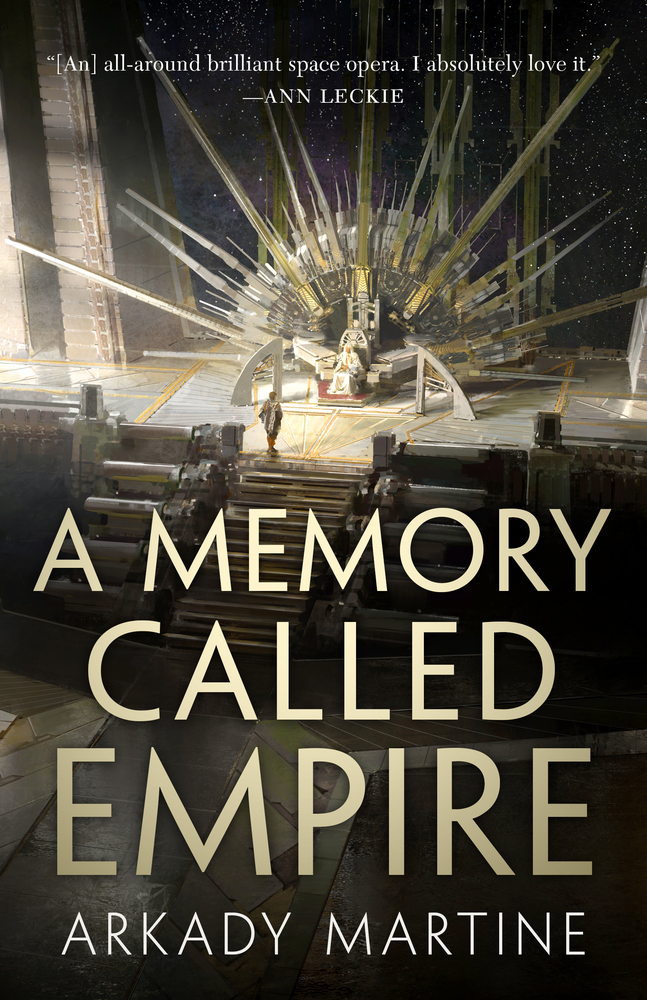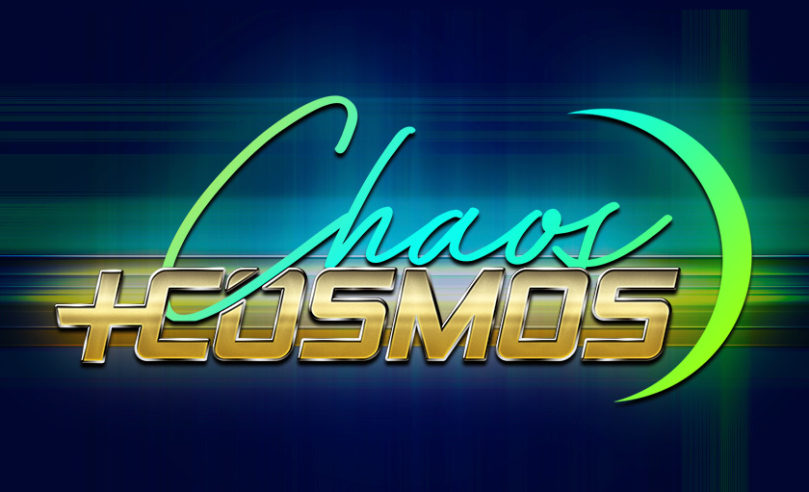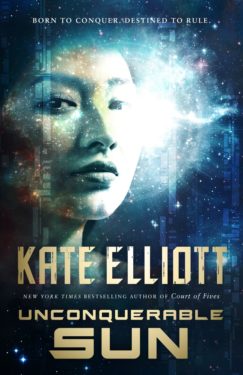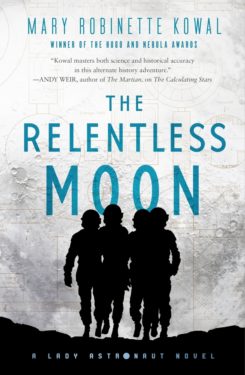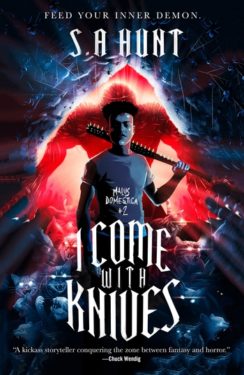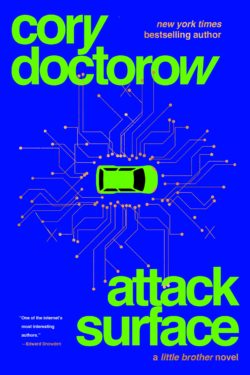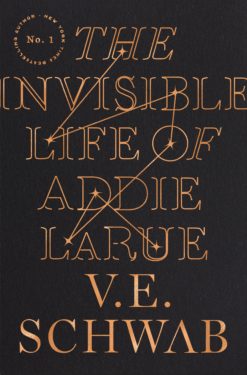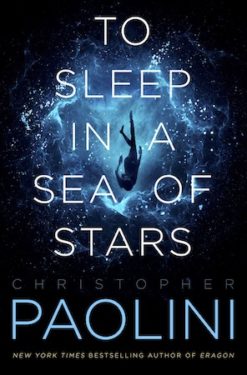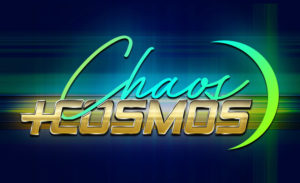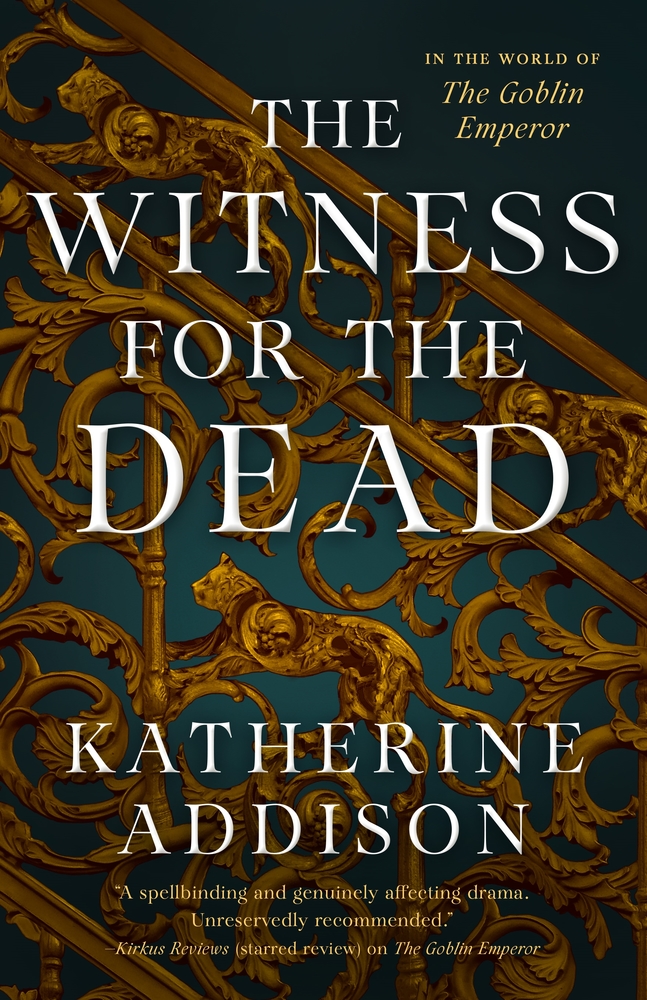 The Witness for the Dead is hitting shelves on 06/22 and to celebrate, we’re doing a throwback to this amazing Rules vs. Guidelines in Fantasy guest post from author Katherine Addison! Check it out below.
The Witness for the Dead is hitting shelves on 06/22 and to celebrate, we’re doing a throwback to this amazing Rules vs. Guidelines in Fantasy guest post from author Katherine Addison! Check it out below.
I have loved fantasy since I was a very little girl. My father read to me: L. Frank Baum, J. R. R. Tolkien, Susan Cooper, C. S. Lewis, David Eddings, Robert Jordan. As I grew older, I scoured both school and public libraries, read fantasy and science fiction and horror: Stephen King and Isaac Asimov and Ursula K. Le Guin, Samuel R. Delany and Lois McMaster Bujold and Angela Carter. I never stopped loving fantasy, never “grew up” into a preference for realism. And I have always, always loved what Tolkien calls secondary world fantasy, stories that take place in entirely made up worlds.
I love writing those stories as much as I love reading them. I love the freedom they offer for the exercise of sheer invention. And thus one of the things that frustrates me terribly about secondary world fantasy as a genre is how hidebound it has become. The combined impact of The Lord of the Rings and Dungeons & Dragons (both excellent entities on their own merits) has created a set of genre conventions that have almost become rules, rather than merely guidelines. One of these rules is that all fantasies shall be quests; another is that no fantasy world shall ever approach the Industrial Revolution.
Obviously, these rules get broken all the time, which is a good thing. But they remain in the background, like the ceiling in “The Adventure of the Engineer’s Thumb” that could lower and squash you at any time. And it can be very hard to think around them.
The Goblin Emperor was an attempt to contravene both rules. There is no quest, and this is a world with both magic and a lively technological and scientific community. (I never have understood why magic would negate technology, even though many stories I love take that as a guiding principle.) And the technology turned out to be decidedly steampunk.
I blame this on airships. Zeppelins and dirigibles and blimps and hot-air balloons. I love them, just as steampunk loves them, and insofar as I can tell you the idea that sparked The Goblin Emperor, it was the desire to put elves and airships in the same story. Once I’d made that world-building decision, the rest of it became inevitable, and I loved figuring out the details of how the airships fit into elvish society and thinking of names for the goblin steamships. When I realized the vast central palace could have a pneumatic tube system, I was excited for days.
The hardest part was the bridge that runs as a motif through the entire book. I’m not an engineer; I don’t have the first idea how you’d actually go about building a steam-powered retractable bridge. I was stuck on that problem for an incredibly long time. But Steven Brust said something that saved me. He said that when you’re describing made-up technology, he doesn’t want to know how it works, he wants to know how it runs. And that gave me the idea of a working model instead of a long expositional presentation, and that turned into one of my favorite set pieces in the book—which is also a scene in which magic and technology are used together.
Because as far as I’m concerned, the openness of invention in secondary world fantasy means that writers can build worlds where technology and magic are intertwined or where they are at odds or anything in between. If you can imagine it, fantasy will let you write about it, and that is the most powerful and enduring reason that it is my best-beloved among the genres.
Fantasy means never having to say, “It can’t be done.”
Katherine Addison is the author of the award-winning novel, The Goblin Emperor. Her next book, The Witness for the Dead, comes out from Tor Books 06/22/2021.
Pre-order The Witness for the Dead Here

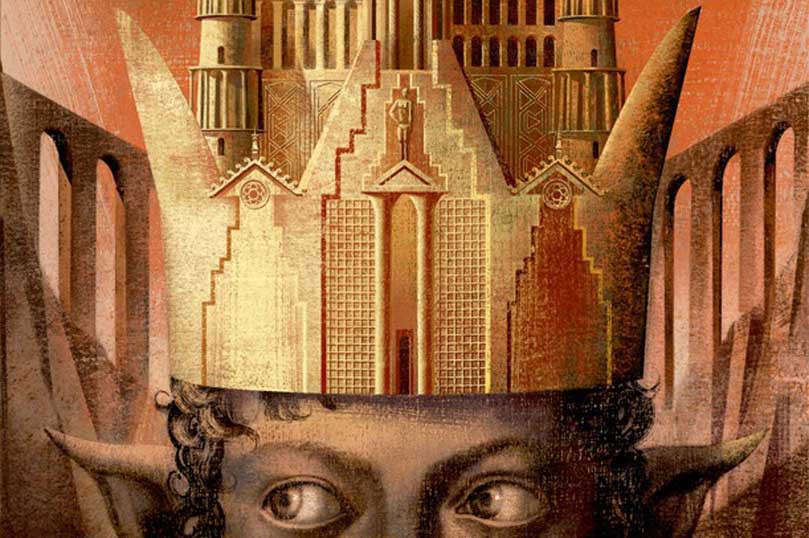





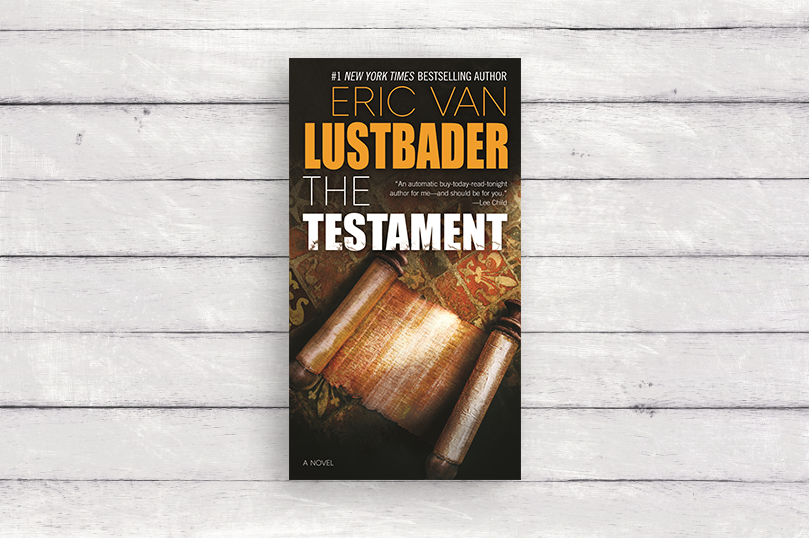
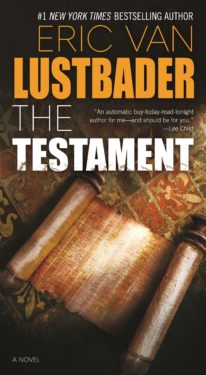






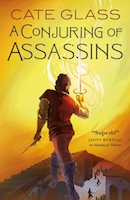
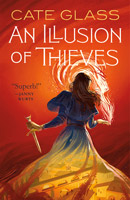
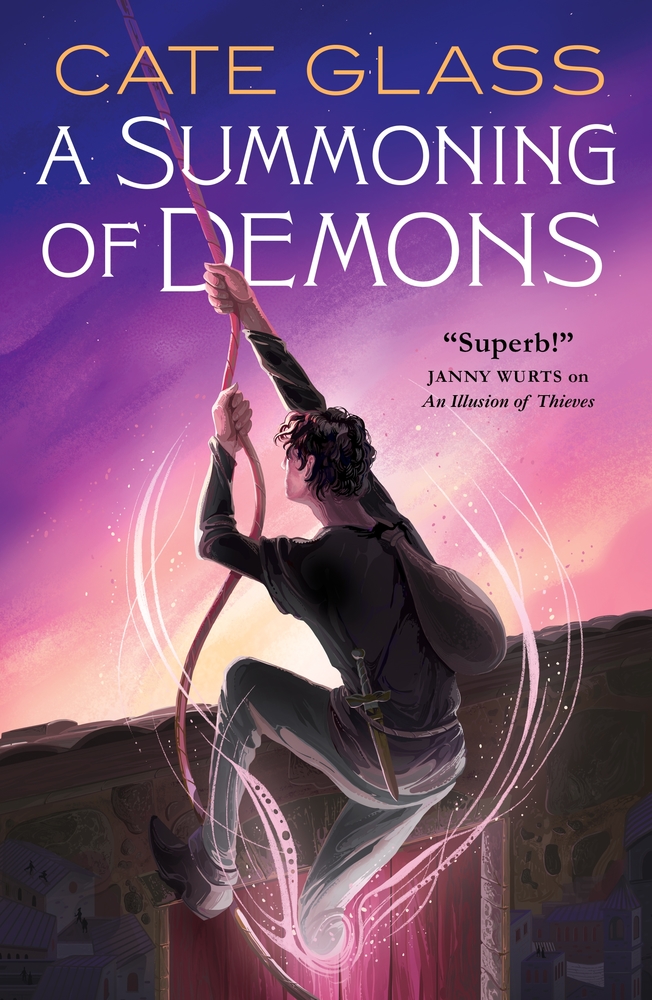 Time for a casting call!
Time for a casting call!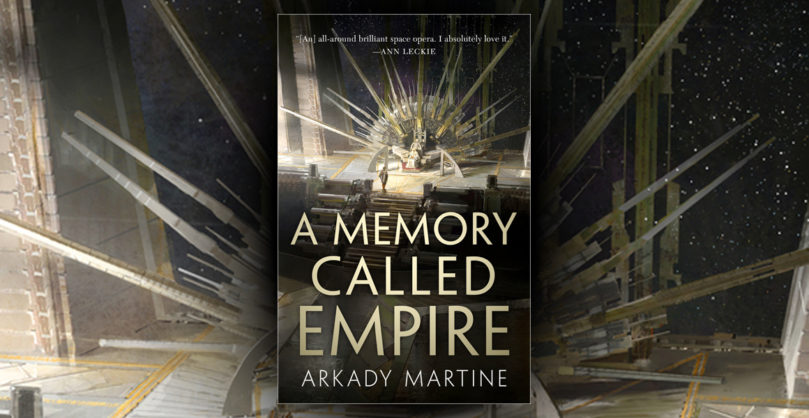
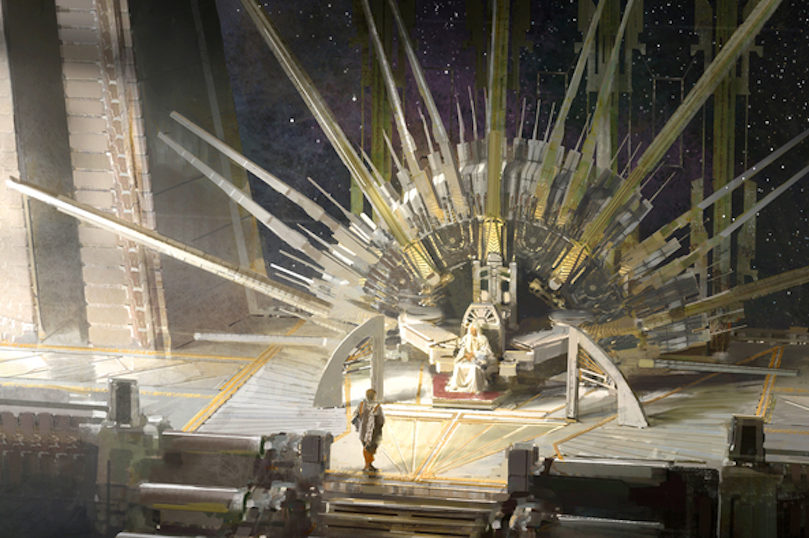
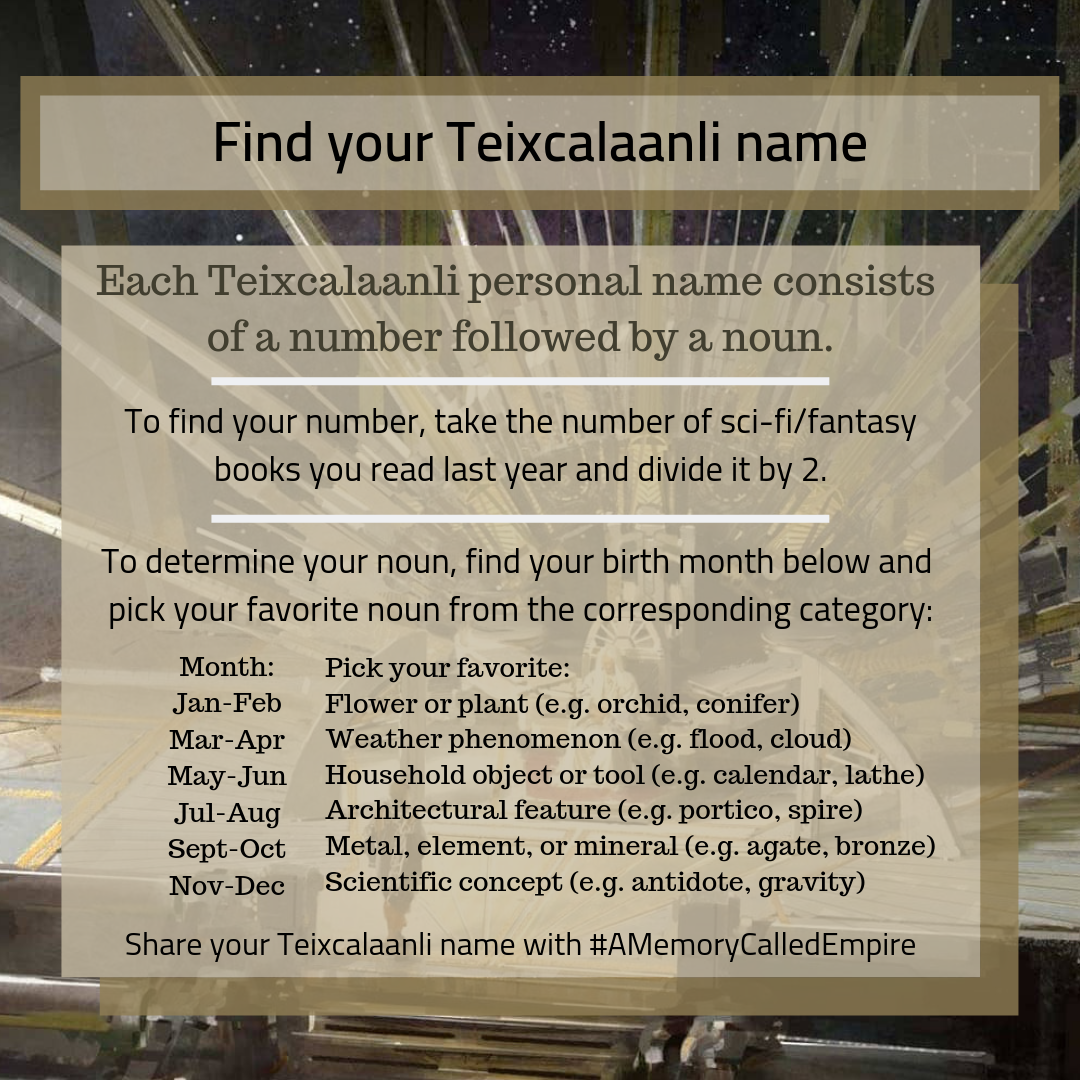
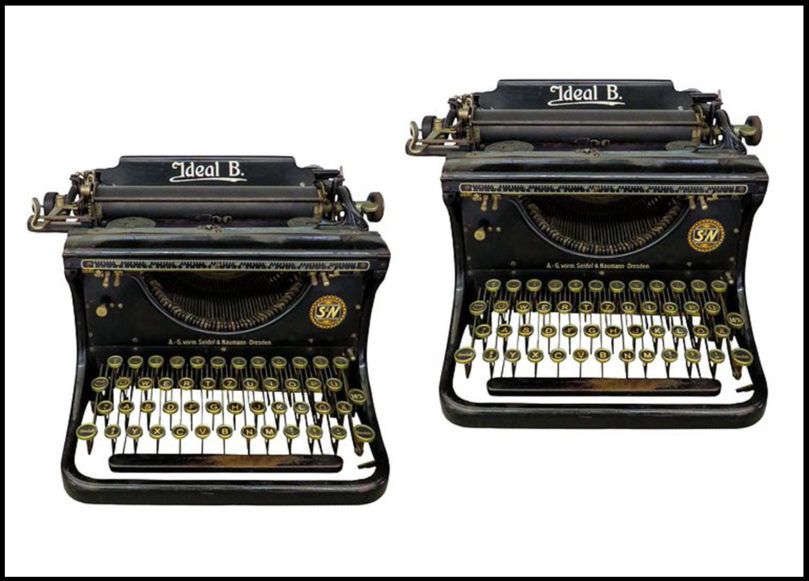
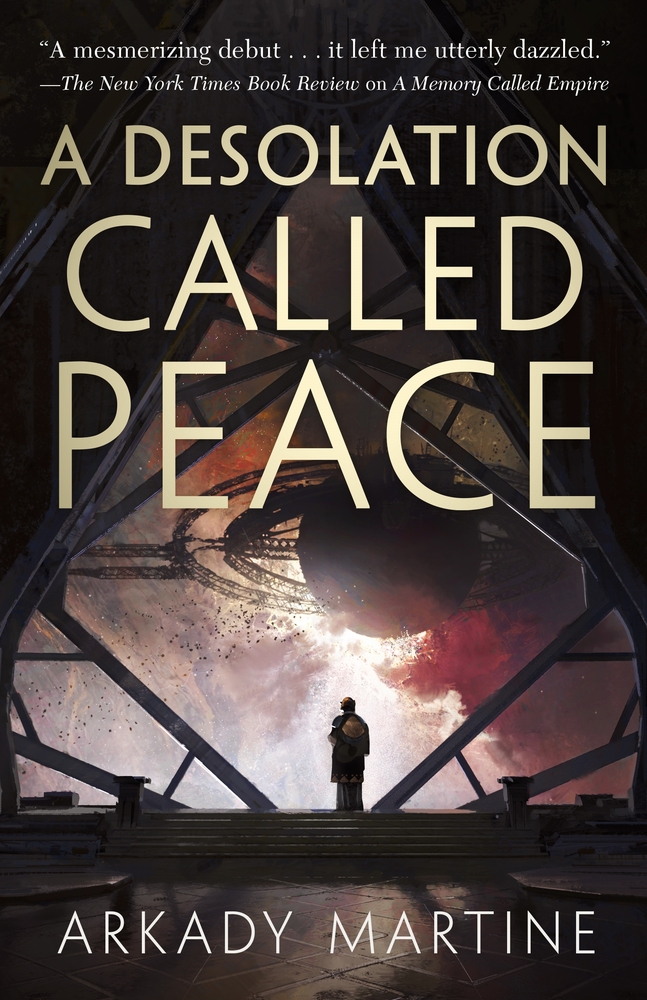 Aspiring authors, listen up! Arkady Martine, historian, city planner, and Hugo award-winning author of space operas
Aspiring authors, listen up! Arkady Martine, historian, city planner, and Hugo award-winning author of space operas 